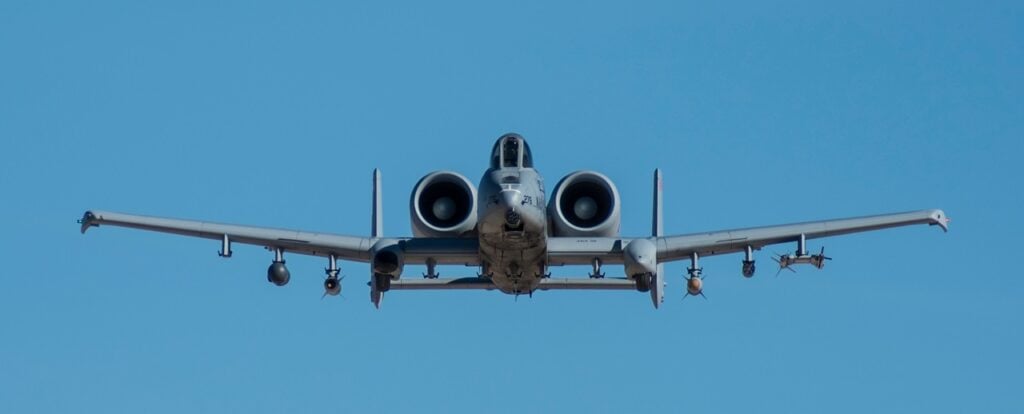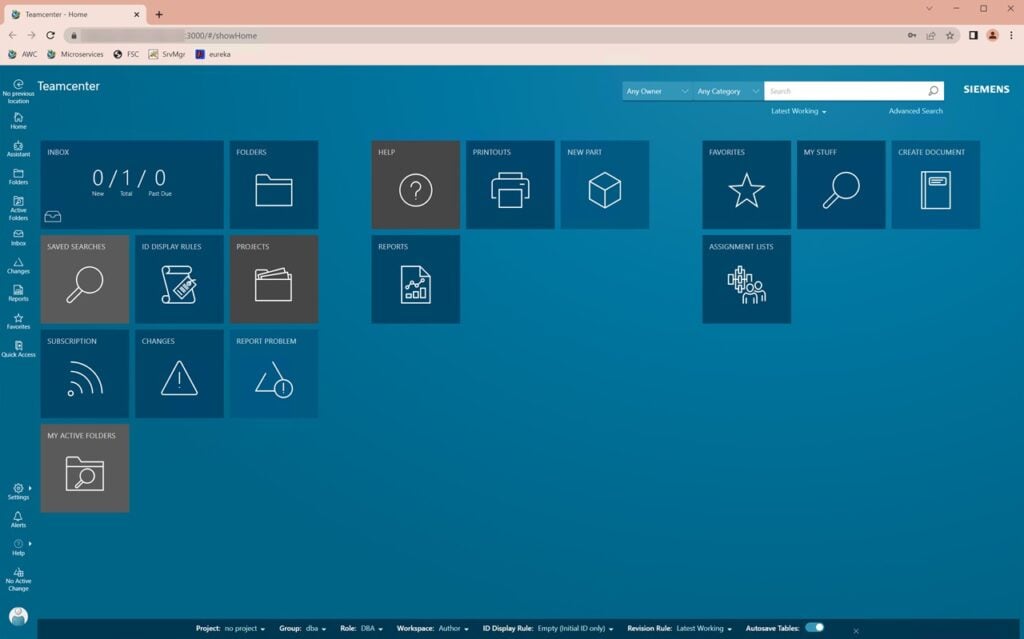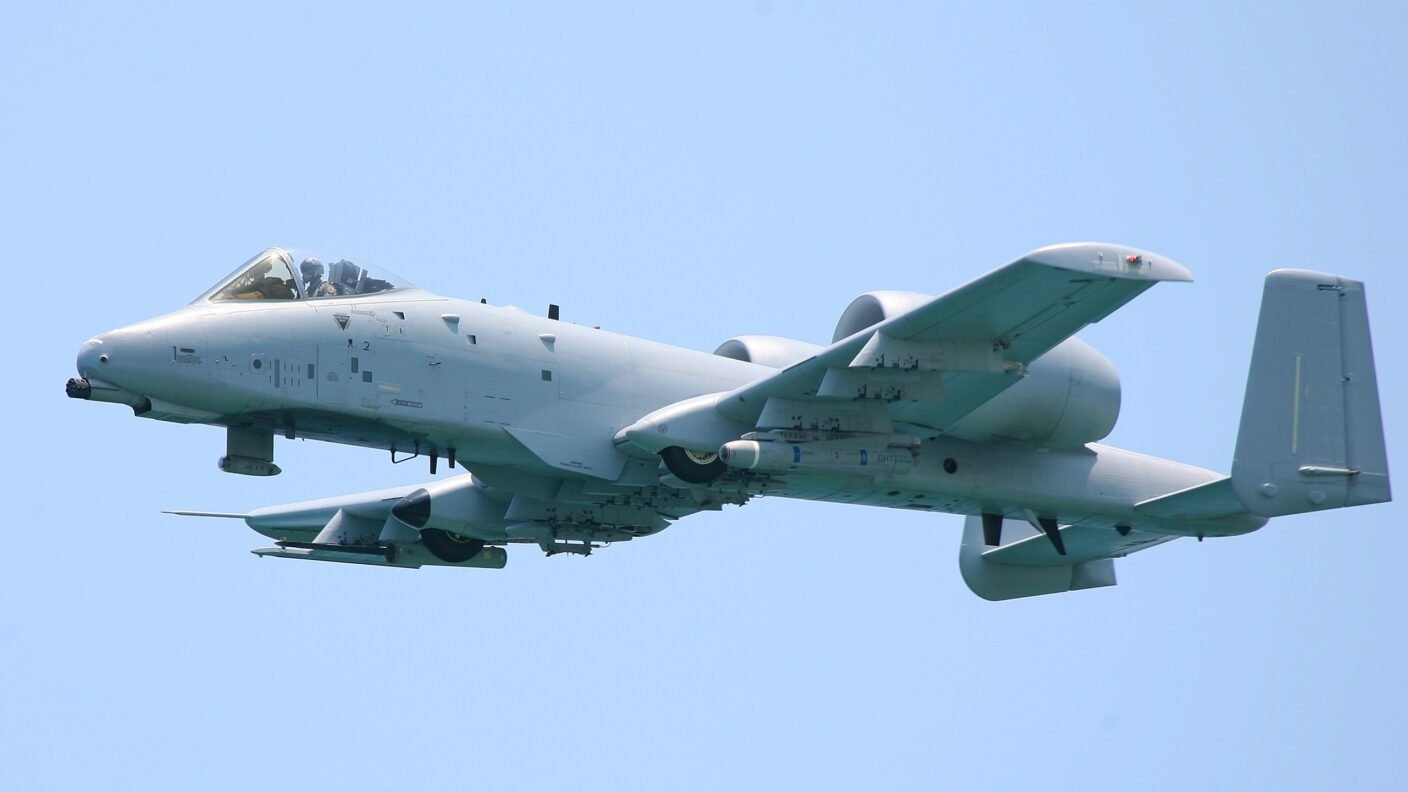Hill Air Force Base, Ogden, Utah
Hill Air Force base commenced a Teamcenter implementation to manage the engineering upgrades and maintenance for the A10 Warfighter. Sherpa Design was brought on to help with the enhancement of Teamcenter and to improve functionality. Here we outline the process we followed, some of the challenges we faced and how we overcame them.

History of the A-10 Aircraft
The A-10 Thunderbolt II is a single-seat, twin-turbofan, straight-wing, subsonic attack aircraft that has been used in successful US Airforce operations since 1967. When the A10 was first engineered, much of the work was on paper making it hard to track design changes. Part of the redesign process involved creating a digital version of all the design plans. That meant transitioning from legacy 2D drawings to 3D NX models managed in Teamcenter (PLM). Richard “Rich” Billings was the Software Integration Engineer at Hill Airforce Base who led the A-10 SPO (Systems Program Office) to support their digitization efforts.
There were challenges with the Teamcenter implementation and so Sherpa Design was brought on board to help resolve them. The experts at Sherpa worked directly with Rich Billings and the onsite team from Siemens Government Technologies as the Teamcenter PLM integration lead.
“The Sherpa Design personnel has been instrumental in making this transition and have provided valuable insight and technical advice as we design the PLM system for not just immediate transition, but one that can be leveraged at the future USAF Enterprise PLM level. The Sherpa personnel applied to this project have led the way and I have no reservations with using them for future similar efforts.”
Richard Billings, A-10 System Program Office, PLM Implementation
Troubleshooting Teamcenter Implementation
During their five-year engagement, Sherpa Design provided a wide range of services.
- Stabilized servers, recommend software versions, and facilitate smooth patches and upgrades for the client’s environments.
- Transitioning from Rich Application Client (RAC), to the more accessible and versatile Active Workspace web client.
- Developed customized training programs.
Landscape Alignment
When Sherpa joined, the A-10 project was experiencing severe performance issues with all users running the Rich Application Client (RAC). Control of the servers, and system administration tasks, were necessarily controlled by the Hill Airforce Base (HAFB) IT department. Shortly after joining, we reviewed the server landscape for each environment, identified, and then resolved several issues with server resource levels and with feature distribution while working directly with HAFB IT.
Standardize CAD Management
Every designer was an island unto themselves. Preferences, libraries, even title blocks were rarely, if ever, shared. Sherpa introduced NX Custom to the design team to overcome these limitations.
The main challenge being a common folder that could be shared between them. After presenting our case to the security team and HAFB IT, we were able to share a folder between the design team members and build out the NX Custom folder structure. This allowed the whole team to use a common set of preferences, templates, and libraries. Basically, it ensured consistent definitions used by everyone to unify the look and feel of the parts being worked on. An NX part from one designer could be shared with another without a bunch of rework. Layer control, fonts, and drafting standards (PMI) could all follow the same rules.

Transition to Active Workspace
Every user was required to have a beefy workstation installed with a specific set of software. Client scripting was a constant problem as no machine seemed to behave the same. Delays of several weeks were common when onboarding new team members, either before they had a workstation, or after the software was installed and configured sufficiently that they could be productive. Sherpa worked closely with HAFB IT to rewrite client scripts and optimize performance.
Leveraging four-tier architecture, Sherpa made significant improvements to the robustness of environments, the performance of the RAC, and the ease of installations. The four-tier architecture allowed for the introduction of Active Workspace. Despite being touted as a zero-install client, Active Workspace actually requires several software installations, including TCS, Teamcenter Client for Microsoft Office, TcClientAppLauncher, and sometimes Data Share Manager. Training material was created to enable the transition from RAC to Active Workspace and help people learn the new user interface.
With the four-tier architecture and Active Workspace, team members were able to work remotely and from different parts of the world.
Replace Paper-Based Processes
AFMC Form 202 is an Engineering Technical Assistance Request (ETAR). When any plane in the field or at a depot has a problem and needs a repair, a 202 record is issued. A 202 record is a paper report which tracks said issues, and all of these report numbers are maintained on a separate piece of paper. One of the challenges Sherpa faced was to create a digital version of this using the same numbering system. The Sherpa team coded the entire form in Teamcenter and imported all the legacy data for the A-10 SPO.

With so many locations accessing data from Teamcenter, it made sense to create custom Active Workspace interfaces (home screens) for those specific groups and roles, minimizing the clutter. In other words, Sherpa customized Active Workspace so each department could only see what they needed to see to perform their work. This clearing of non-essential data helped improve efficiency and saved time.
End Result
The A-10 digital transition was seen as a huge success, but more than that, it resulted in a commitment to utilize the methods established on the A-10 project to build a global Teamcenter data model for all United States Air Force warfighters. Mr. Billings was instrumental in that effort and now works at AF-PLM (Air Force Product Lifecycle Management) headquartered in Wright-Patterson AFB where he continues to make a difference for the entire Air Force. That commitment was made possible in part because of the successful implementation of Teamcenter, a role which Sherpa Design played a key part.

